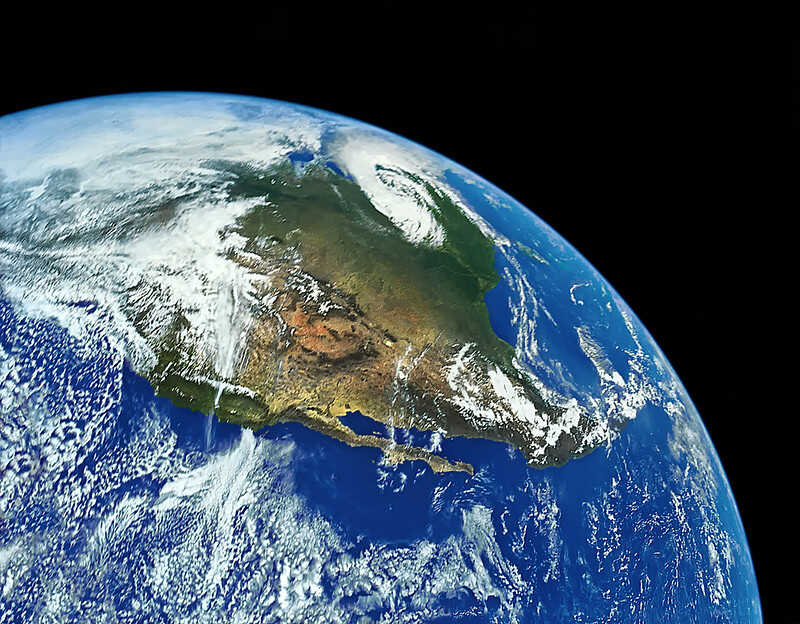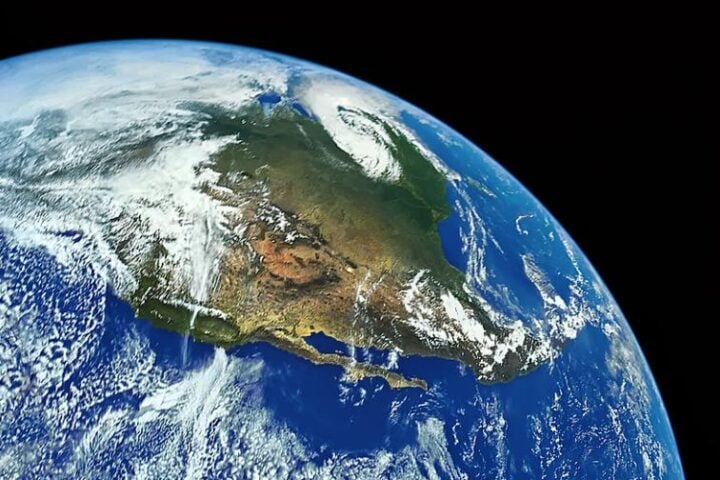The global economy’s voracious appetite for raw materials has reached unprecedented levels, consuming nearly as much in the past six years as during the entire 20th century. Between 2016 and 2021, we extracted and used a staggering 582 billion tonnes of materials—approaching the 740 billion tonnes consumed throughout the 1900s, according to the Circularity Gap Report 2024.
This accelerated consumption pattern puts immense pressure on Earth’s ecosystems and far exceeds what’s necessary to meet societal needs equitably. The linear “take-make-waste” model that powers our economy is driving this rapid depletion of resources while simultaneously generating mountains of waste.
The Alarming Decline in Circularity
Despite growing awareness about sustainability, global circularity—the proportion of materials cycled back into the economy—has fallen from 9.1% in 2018 to just 7.2% in 2023. This means over 92% of materials extracted globally become waste, get locked into long-term use, or are lost to the environment.
The consequences are stark: six of nine key planetary boundaries that define environmental health thresholds have been breached. These include climate change, land-use change, freshwater use, and biodiversity loss—all pushed beyond safe operating limits largely due to our linear economy.
Material Footprints and Global Inequality
The distribution of resource consumption follows stark patterns of global inequality. High-income countries have material footprints per capita approximately 10 times larger than low-income countries. The resource intensity of wealthy nations comes at a significant cost to the environment and often relies on extraction and manufacturing outsourced to lower-income regions.
Data from the Circularity Gap Report reveals three distinct country profiles:
- Shift countries (high-income nations like the US, Canada, and EU members): These nations make up 17% of the global population but consume 25% of raw materials. Their average material footprint is 22.6 tonnes per capita—4.6 times that of Build countries.
- Grow countries (middle-income nations like China, Brazil, and Mexico): Home to 37% of the global population, they account for 51% of material extraction and 52% of the global material footprint, with an average of 17 tonnes per person annually.
- Build countries (lower-income nations like Bangladesh, Ethiopia, and Nigeria): Despite housing 46% of the world’s population, they account for just 18.5% of the global material footprint, averaging 5 tonnes per person annually.
Similar Posts
Circularity as a Solution
The report identifies key systems driving environmental impact: food systems, the built environment, and manufactured goods. Circular solutions applied across these systems could reduce global material extraction by one-third while reversing the overshoot of multiple planetary boundaries.
Specific recommendations include:
- For Shift countries: Reduce consumption by extending product lifespans and buying only what’s needed
- For Grow countries: Promote industrial symbiosis, regenerative agriculture, and local food systems
- For Build countries: Implement regenerative farming and prioritize circular building materials

Policy and Economic Drivers
Transitioning to a circular economy requires coordinated action from governments, financial institutions, and businesses. Key enabling factors include:
- Creating level policy playing fields that incentivize circular practices
- Reforming taxation to reflect true environmental costs
- Redirecting subsidies away from harmful activities
- Implementing debt relief measures for lower-income countries
- Ensuring workers have skills needed for the circular transition
The transition demands radical collaboration to avoid burden-shifting among industries, regions, and resources. As Jennifer Steinmann of Deloitte notes in the report: “The Circularity Gap Report 2024 underscores the urgent need for bold, innovative solutions that can drive the global shift towards a circular economy.”With material consumption continuing to rise and circularity actually declining, transitioning from theory to action has never been more urgent. By implementing circular principles—using less, using longer, using again, and making clean—we have the opportunity to create an economy that operates within safe planetary boundaries while meeting human needs.

















